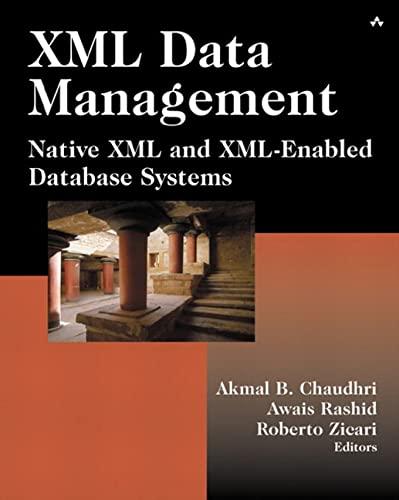Answered step by step
Verified Expert Solution
Question
1 Approved Answer
VQ 2 . Consider the following two processors. P 1 has a clock rate of 4 GHz , average CPI of 0 . 9 ,
VQ Consider the following two processors. P has a clock rate of GHz average CPI of and requires the
execution of E instructions. P has a clock rate of GHz an average CPI of and requires the execution
of E instructions
a One usual fallacy is to consider the computer with the largest clock rate as having the largest performance.
Check if this is true for P and P by comparing their performance.
b Consider that processor P is executing a sequence of E instructions and that the CPI of processors P and
P do not change, determine the number of instructions that P can execute in the same time that P needs to
execute E instructions
A common fallacy is to use MIPS millions of instructions per second to compare the performance of two
different processors, and consider that the processor with the largest MIPS has the largest performance. Check if
this is true for P and P Hint: A higher MIPS does not necessarily mean a better performance. Compare which
processor has higher MIPS, and relate this to the performance conclusion in part aQ Consider the following two processors. P has a clock rate of GHz average CPI of and requires the
execution of E instructions. P has a clock rate of GHz an average CPI of and requires the execution
of E instructions
a One usual fallacy is to consider the computer with the largest clock rate as having the largest performance.
Check if this is true for P and P by comparing their performance.
b Consider that processor P is executing a sequence of E instructions and that the CPI of processors P and
P do not change, determine the number of instructions that P can execute in the same time that P needs to
execute E instructions
A common fallacy is to use MIPS millions of instructions per second to compare the performance of two
different processors, and consider that the processor with the largest MIPS has the largest performance. Check if
this is true for P and P Hint: A higher MIPS does not necessarily mean a better performance. Compare which
processor has higher MIPS, and relate this to the performance conclusion in part a
Step by Step Solution
There are 3 Steps involved in it
Step: 1

Get Instant Access to Expert-Tailored Solutions
See step-by-step solutions with expert insights and AI powered tools for academic success
Step: 2

Step: 3

Ace Your Homework with AI
Get the answers you need in no time with our AI-driven, step-by-step assistance
Get Started


